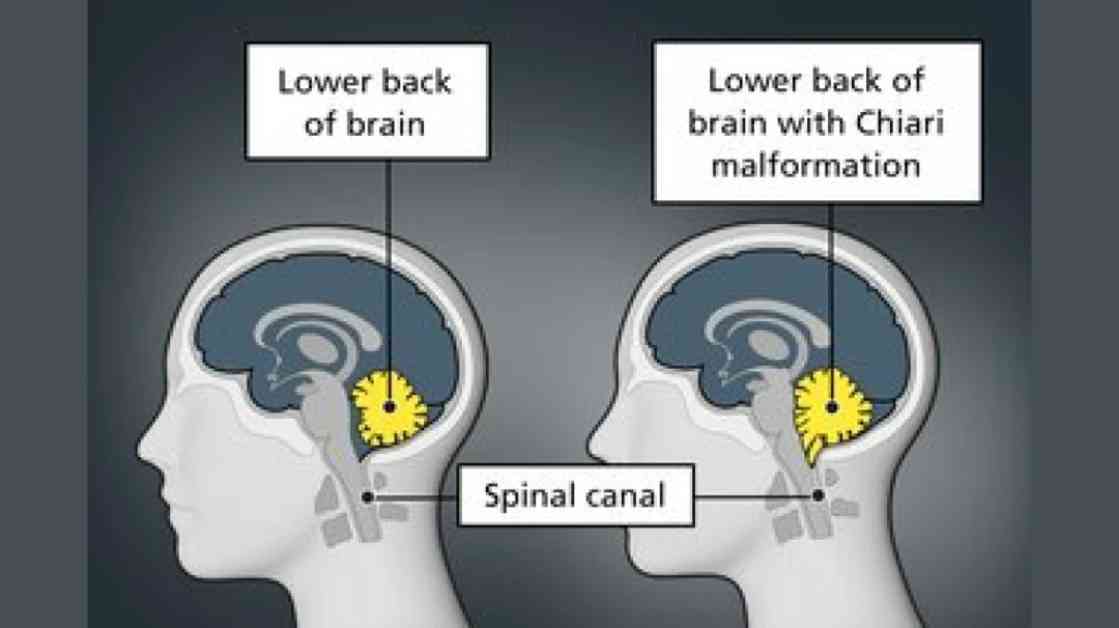Successful Treatment of Childhood Brain Disease in 32-Year-Old Man at Mumbai Hospital
A 32-year-old man in Mumbai recently sought treatment at Apex Hospitals in Kandivali for symptoms of tingling numbness and pain at the back of his head that had been persisting for three months. After undergoing a series of medical tests, including an MRI, it was determined that he was suffering from Arnold Chiari Malformation type 1. This condition occurs when the cerebellum, a part of the brain, herniates into the spine, leading to compression and the formation of a syrinx in the spine.
Chiari malformation is a rare but serious condition that can cause a range of symptoms, from mild to severe. In this case, the patient was fortunate to have sought treatment from Dr. Samir Parekh, a skilled neurosurgeon at Apex Hospitals, who performed a successful surgery to address the issue. The surgery involved foramen magnum decompression with C1C2 laminectomy and duraplasty, which relieved the pressure on the brain and spinal cord.
Understanding Chiari Malformation Type 1
Chiari malformation type 1 is a congenital condition that is often present at birth but may not manifest symptoms until later in life, as was the case with this patient. The condition occurs when the cerebellum protrudes through the foramen magnum, an opening at the base of the skull, due to underdeveloped skull base bones. This can lead to compression of the brainstem and spinal cord, as well as blockage of cerebrospinal fluid flow.
Symptoms of Chiari malformation type 1 can vary but commonly include headaches, neck pain, unsteady gait, poor hand coordination, numbness and tingling in the extremities, dizziness, trouble swallowing, and changes in speech. It is crucial for patients experiencing these symptoms to seek prompt medical attention to prevent further complications.
Treatment Options for Chiari Malformation Type 1
In cases of Chiari malformation type 1, treatment options typically involve a combination of physiotherapy and surgery. Physiotherapy can help manage symptoms such as vestibular issues, cervical pain, and headaches, while surgery is often necessary to create more space for cerebrospinal fluid circulation.
Dr. Samir Parekh’s approach to treating the 32-year-old patient with Chiari malformation type 1 exemplifies the effectiveness of surgical intervention in addressing this condition. By performing foramen magnum decompression with C1C2 laminectomy and duraplasty, he was able to alleviate the pressure on the patient’s brain and spinal cord, leading to a successful outcome.
Post-Surgery Recovery and Prognosis
Following the surgical procedure, the patient was discharged on the third day and is expected to experience a gradual improvement in his symptoms, including the tingling numbness that initially prompted him to seek medical attention. It is essential for individuals with Chiari malformation type 1 to follow up with their healthcare providers regularly to monitor their condition and ensure optimal recovery.
In conclusion, the successful treatment of Chiari malformation type 1 in a 32-year-old man at a Mumbai hospital highlights the importance of early diagnosis and intervention in managing this complex neurological condition. Through the expertise of healthcare professionals like Dr. Samir Parekh, patients can receive the comprehensive care they need to improve their quality of life and prevent potential complications associated with Chiari malformation.




















